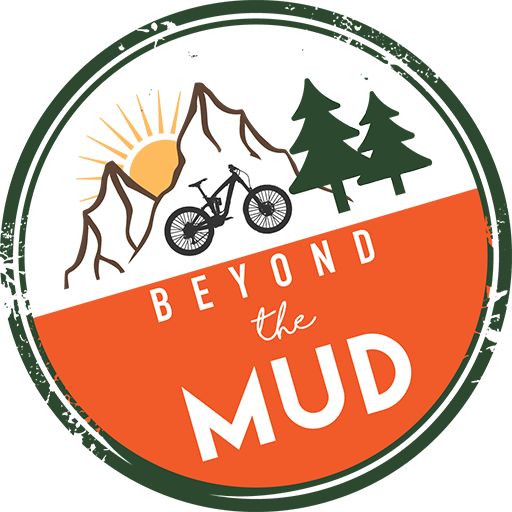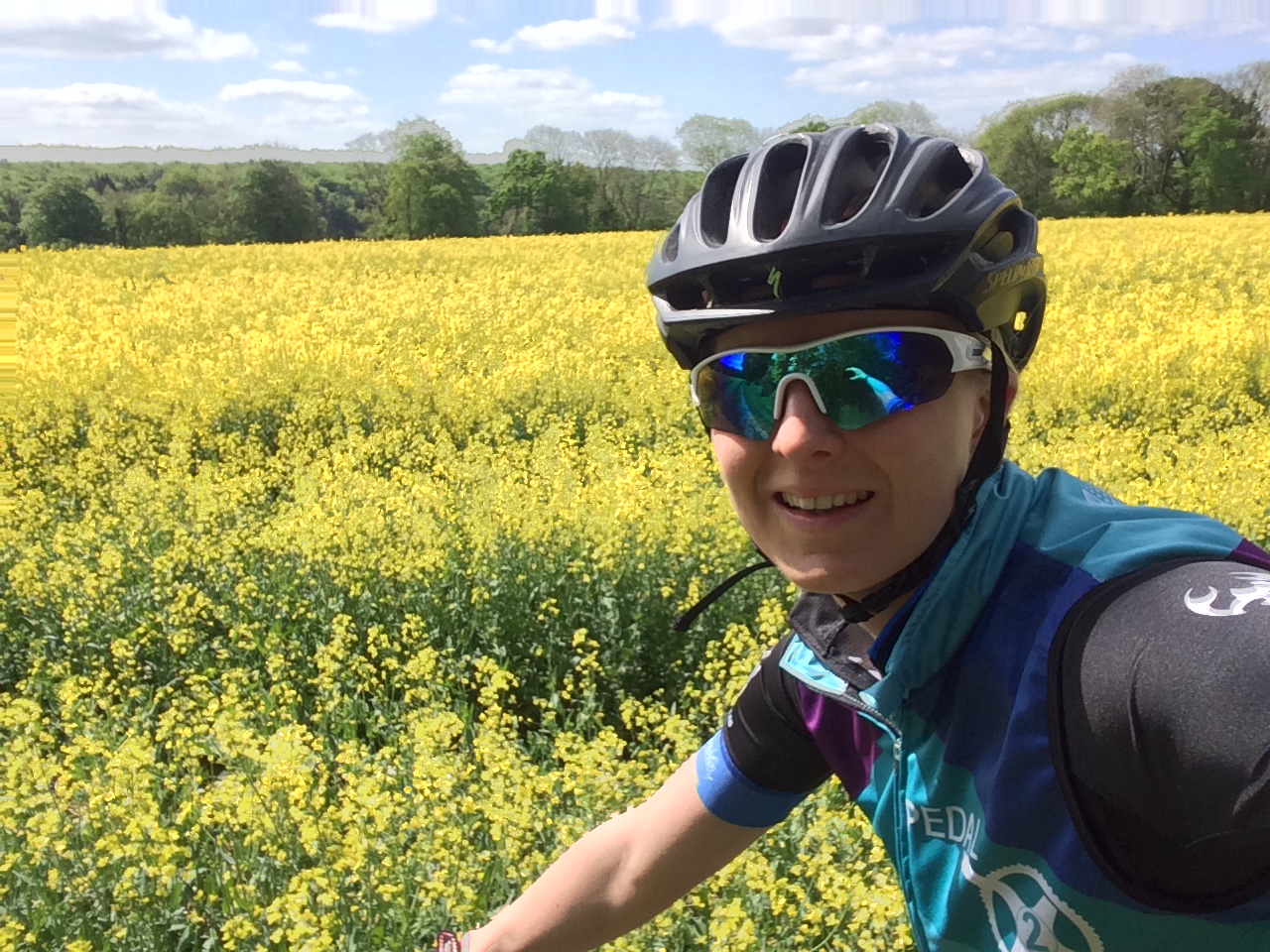
by hattenburrow | May 14, 2016 | Training
It is now the middle of May and I honestly don’t know where the time has gone! It feels like only a few weeks ago I was peeling on the layers and charging up light batteries ready for training in the dark.
These frosty encounters have set me up well for the summer, with over 2000miles in my legs since November I am looking forward to dry trails!
Since the Gorrick 100 endurance race I have been back to firing on all cylinders which is a relief after a couple of weeks of no power in my legs and feel pretty rubbish.

Last weekend my long steady rides changed, the focus now is on staying off road and getting use to more resistance under my wheels. I really enjoyed exploring, the now dry, bridleways around where I love, finding some great singletrack gems along the way.
To increase my climbing I headed to the South Downs Way which runs from Winchester to Brighton, it’s a chalky bridleway with some great climbing and stunning views over the South Downs national park. Well worth a visit!

Living below the South Downs national park I am fortunate to make good use of this middle section for training, I headed towards Winchester to climb Harting down which is a steep chalky rutted climb and then on from this Butser Hill a grassy steady climb which gets steeper in the middle before plateauing out. Both had me gasping at the warm summer’s air.
I covered 75 in total at a steady pace, which I am happy with and can build on. My fuelling strategy was a banana at hour one, slated peanuts in hour two, another banana at hour three and then jelly babies and malt loaf in hour four. Considering a banana is roughly 30g carbohydrate I still need to increase my food intake considerably.
As my nutrition has become a vital part of my training i have decided to take on a nutritionist to help me towards my goal of completing the Trans Alp! I will let you know how the new diet goes….


by hattenburrow | Apr 24, 2016 | Film & Photo, Training
I started racing cross-country mountain biking four years ago, after being inspired by the Olympics to get out and give it a go.
last year I decided to try a new challenge and turned my attention to endurance racing. This is a very different type of riding which is as much about mental strength and physical.
Here is a little video about the transition. Please subscribe to my channel and follow my blog for more updates on training towards my next challenge.
The Trans Alp.
[fusion_builder_container hundred_percent=”yes” overflow=”visible”][fusion_builder_row][fusion_builder_column type=”1_1″ background_position=”left top” background_color=”” border_size=”” border_color=”” border_style=”solid” spacing=”yes” background_image=”” background_repeat=”no-repeat” padding=”” margin_top=”0px” margin_bottom=”0px” class=”” id=”” animation_type=”” animation_speed=”0.3″ animation_direction=”left” hide_on_mobile=”no” center_content=”no” min_height=”none”][youtube https://www.youtube.com/watch?v=Y7ss5cGZKpc][/fusion_builder_column][/fusion_builder_row][/fusion_builder_container]
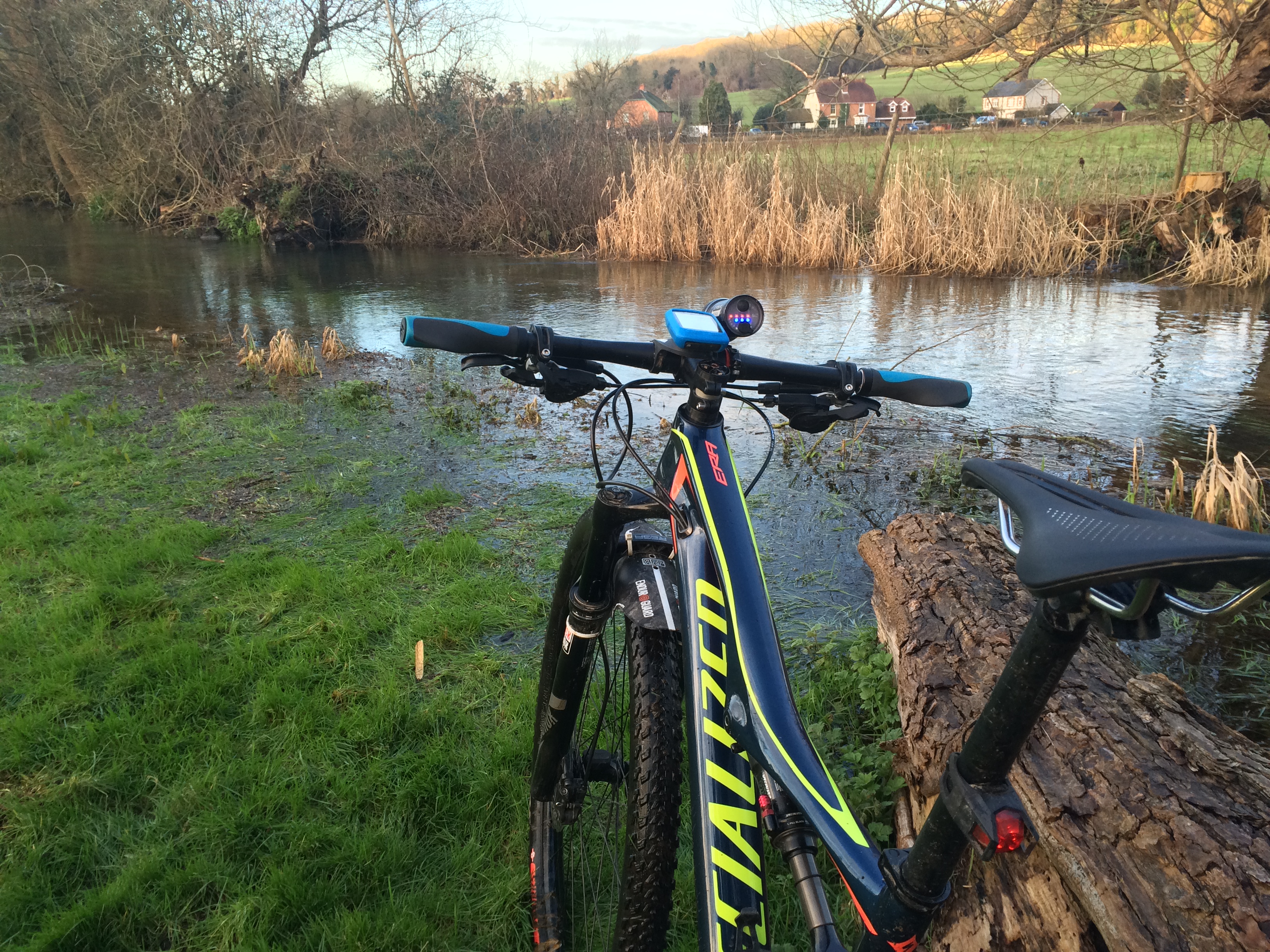
by hattenburrow | Apr 14, 2016 | Training
Training for the Trans Alp is going well I have been working on my stamina doing long 5 hour steady rides where the key is working on my fuelling and also keeping a consistent pace. I am working on breaking the 100km in 5 hour barrier which is my goal!
There is only four months to go now which is really daunting and exciting. I have such a mixture of emotions as the Trans Alp gets closer, my fitness has improved and I feel stronger than I have ever done, but I still have weak days. Days when I don’t know if I can keep going and days when I question my motivations behind taking on such a challenge.
On days when I feel like this I find sometimes its good to just go and ride to remember why I love being on my bike and the freedom that comes with being out in the countryside on two wheels. Check out my latest training rides on my you tube channel and please subscribe it’s a work in progress!
Getting ready for a stage race is very different to anything I have ever experienced because there is a lot more pressure. Michelle and I have been working hard together to make sure not only our bodies are up to the challenge but we need bikes that can cope with big days of knarly trails and our heads can cope with day after day of keeping focused on being race ready. It has been really fun to have a friend and team mate to bounce off it makes training and nerves easier to deal with because someone is there who gets it.
The fun side of all this preparation has been designing our new team kit! It has been good fun and we are finally ready to give a sneak preview! What do you think?

This weekend I am off to my first cross country race of the year. I am keen to see how my speed has improved, I know it has but as I have been concentrating on endurance it will be interesting to see how I can perform in a cross country event.
I will let you know how it goes!

by hattenburrow | Mar 2, 2016 | Training
Today was my long ride training day. I had checked out the forecast and it was sunny until about 11 and then predicted rain, as a time crunched cyclist I don’t have the luxury of being able to pick and choose so I can train in good weather. So I pulled on an extra layer and headed out towards dark clouds but with the sun on my back for now…
On long rides it’s as much about mental preparation as physical if your head is not in the game your body might as well pack up and go watch TV. So I always have a goal to keep my head focused on something other than the minutes ticking by.
My goal for the past couple of weeks has been 100km in 5 hours, after my race result on Saturday I had seen how capable I was of pushing my body further for longer, so today my aim was get over the 100km barrier.

I set off at an easy pace knowing it takes me about 30 minutes to settle in and then I pushed on trying to keep my heart rate above 150.
When you’re trying to stay in a heart rate zone on the road it is pretty difficult because of the natural rise and fall in the landscape, however hard you push up hill when you get to the downhill fitness will decided on how rapidly your heart rate falls, I am pleased to say my fitness is really good at the moment and my heart rate drops really quickly as soon as I start going downhill.
After 2 hours I was making really good progress and had worked my way up a few good hills including Butser. It was half way up Lynch hill when the heavens opened and it started to hail, yes hail, with such force that it stung my arms through my jacket. With nothing to do apart from keeping pushing on that is what I did, 20 minutes in and I was soaked through and now desperately wishing for a long hill climb to get warm! I decided to start making my way home (which was at least an hour away) and to maybe have a shorter ride, I could deal with rain but hail was a joke.

As I made my way through the backroads I could see patches of blue sky in front of me and the hail eased off giving me a new perspective and I decided to take a longer route home, I was still on target for over 100km, I had been playing games with myself to keep heading for this target for example: when I got to quarter to I would try and fit in 8km to up my score for that hour. It may sound daft but this tactic worked.
After 4 hours I had done 85km leaving only 15km to go. The last hour was hard fighting into the wind most of the way I felt like I was being pushed backwards. Rounding the corner to my destination I had 11 minutes still to go but had ridden 100km I was really happy to have beaten the 100km barrier but didn’t have any energy left to push out too many more k’s and settled with 3!

I am so happy with my achievement today; I set out with a goal and achieved it, even against bad weather and a head wind! My fuelling was good today and I have a new love salted peanuts in the same bag as jelly babies! Don’t knock it until you try it!
Thanks for stopping by. Please check out my You Tube channel for videos on training, racing and much more.
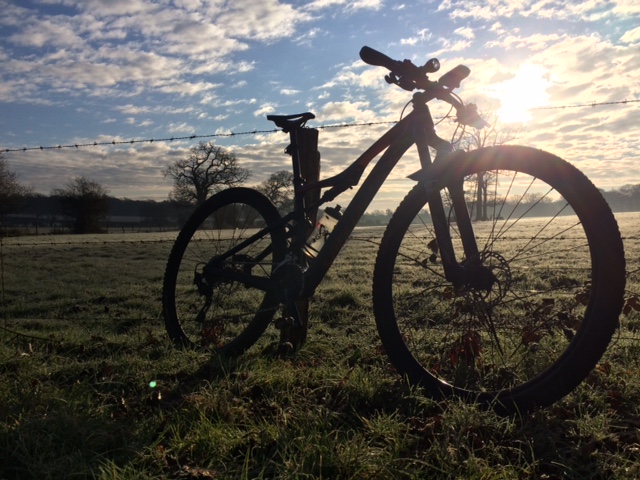
by hattenburrow | Feb 25, 2016 | Film & Photo, Training
Today was sprints day these all out efforts for a minute are exhausting but they help build my explosive power and fast twitch muscle fibres, otherwise known as type 2a and type 2b muscle fibres.
[fusion_builder_container hundred_percent=”yes” overflow=”visible”][fusion_builder_row][fusion_builder_column type=”1_1″ background_position=”left top” background_color=”” border_size=”” border_color=”” border_style=”solid” spacing=”yes” background_image=”” background_repeat=”no-repeat” padding=”” margin_top=”0px” margin_bottom=”0px” class=”” id=”” animation_type=”” animation_speed=”0.3″ animation_direction=”left” hide_on_mobile=”no” center_content=”no” min_height=”none”][youtube https://www.youtube.com/watch?v=TTFAU5nBD_0&w=560&h=315]
My sprints today were really hard work! But I am noticing that I go further during my sprint which is great as it means I am getting faster.

Although heart rate can be effected my sleep, hydration and temperature when I do my sprints I am looking to work in my threshold and vo2 max zones.
I have a rest day tomorrow and then on Saturday my first race of the season. A sportive in West Sussex, I am looking forward to racing my new era and putting all the hard work over the winter to the test.

Check back on Sunday for my race report.
For more video updates please subscribe to my You Tube channel.
[/fusion_builder_column][/fusion_builder_row][/fusion_builder_container]
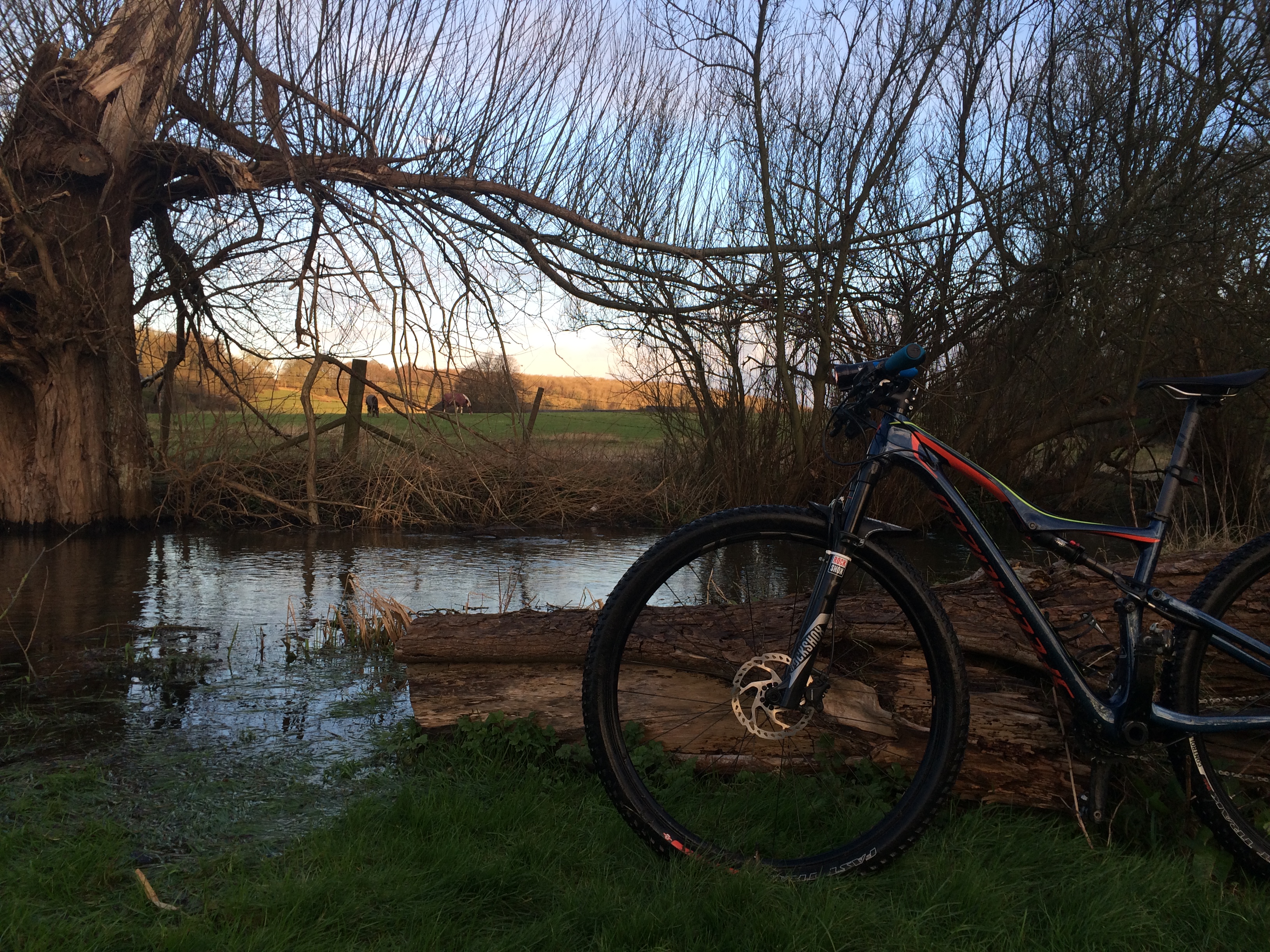
by hattenburrow | Feb 17, 2016 | Training
This week I have been having a rest. After a few weeks hard training my body needed a well earned break from training for a few days. Last week I had low energy levels and found my concentration was all over the place.
It’s important to remember that while your resting your muscles are recovering and growing. This is something I struggle with as I’m not very good at chilling out, I am on the go most of the time, even on rest days I like to go on walks and stay active. So when my coach said I should have a rest week I couldn’t quite get my head around the idea of a week of no exercise. After my long ride on Saturday, when I had felt very tired, I decided to listen to my body and planned to take three days off to recover.

Since Sunday I have been concentrating on building my core strength doing Pilates, foam rolling and stretching this has been really energising and I feel like my body feels better for having a rest and a stretch.

Tomorrow is my first test of the year! An all out effort loop as flat our as I can for an hour, this is going to be fun (and by fun I mean tiring and painful).
I’ll let you know how it goes! 🙂




